Tokyo might dazzle you with neon lights and bullet trains, but tucked between the skyscrapers are narrow lanes where time moves differently. These streets carry whispers of merchants hawking their wares, geishas hurrying to appointments, and families who’ve run the same shops for generations.
Walking through these historic areas feels like opening a dusty photo album where each page reveals another layer of the city’s soul. Here is a list of 20 streets where Tokyo’s past lives on, waiting for curious wanderers to discover their stories.
Nakamise-dori
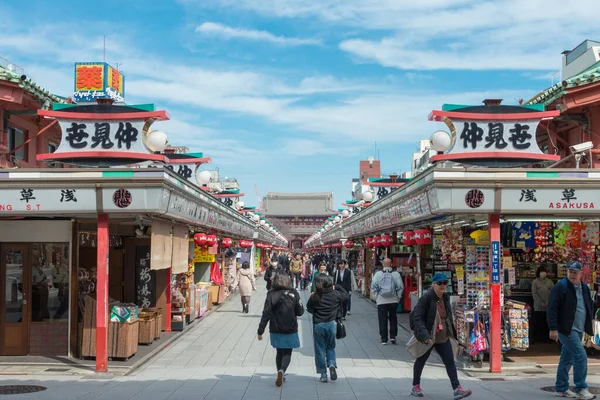
This 820-foot shopping corridor has welcomed temple visitors since the 17th century, making it one of Japan’s oldest commercial streets. The traditional way of approaching the shopping street is via Kaminarimon Gate, and the 250-meter-long street extends from Kaminarimon Gate to Hozomon Gate, where the entrance of the temple is located.
It features over 90 different stores that local families have run for generations. When shop shutters close at night, beautiful murals painted in traditional ukiyo-e style reveal themselves along the walls.
Yanaka Ginza
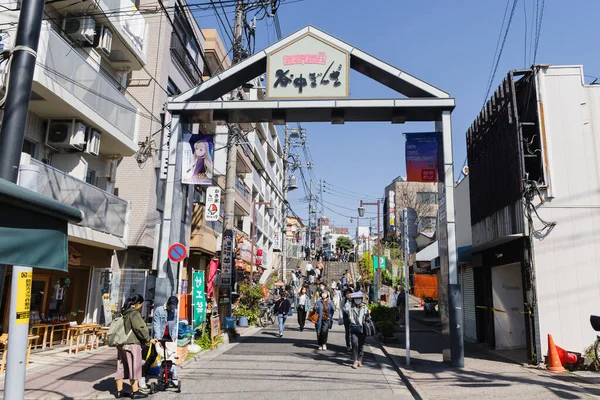
Surviving both earthquakes and wartime bombings, this charming shopping street preserves the atmosphere of old Tokyo like nowhere else. Yanaka Ginza, with its intricate narrow alleys and low traffic suitable for cats’ lives, is also an area where people have loved the “town cats” for a long time.
The area earned the nickname’ City of Cats’ and features numerous cat statues scattered throughout the neighborhood. Yanaka Ginza is a pre-war shopping street, jammed with stores selling traditional goods, food, and produce.
Like Travel Pug’s content? Follow us on MSN.
Ameya-Yokocho
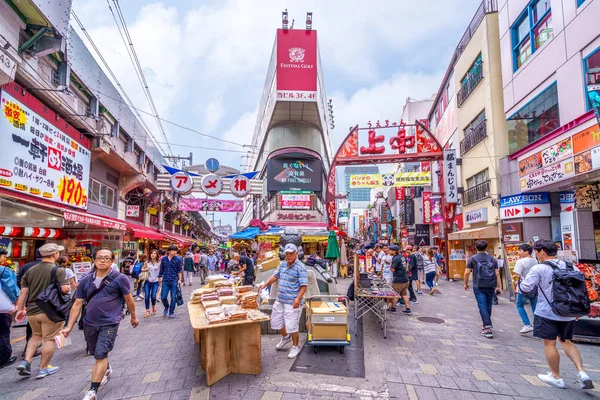
Born from post-war hardship, this bustling market began as a black market for American goods and sweets before evolving into a lively shopping street with over 400 vendors today. Known as Ameyoko for short, this open-air market running alongside train tracks between Okachimachi and Ueno Stations began as a black market selling American goods after WWII.
The chaotic energy and vendor calls transport you back to Tokyo’s post-war recovery era.
Omoide Yokocho
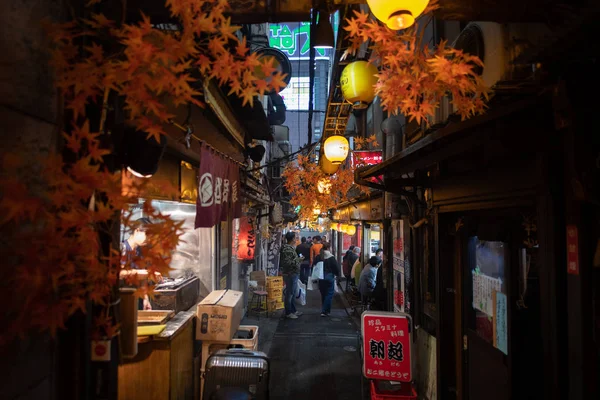
Memory Lane earned its poetic name from the nostalgic atmosphere that hangs in the air like incense smoke. Dating back to post-war Tokyo in the 1940s, Memory Lane was once a haven for black market traders selling essential goods that were scarce during that time.
This narrow alley houses around 60 tiny bars and eateries, each barely fitting a handful of customers. In 1999, a fire ravaged the area, leading to its reconstruction and the adoption of its modern name, Memory Lane.
Kappabashi Street
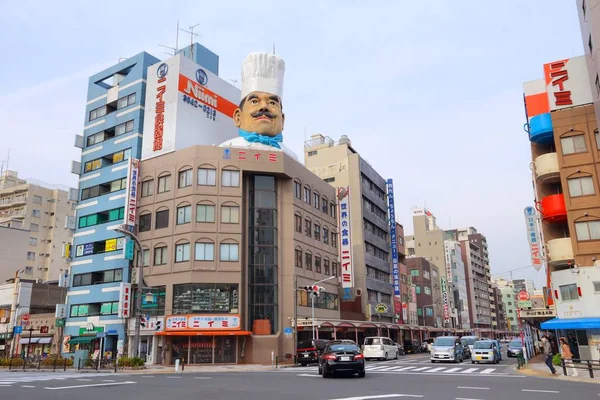
Kitchen Town has specialized in culinary tools for over a century, creating a unique streetscape lined with giant chef statues and oversized utensils. Kappabashi Street was said to have begun around 1912, when several merchants opened their shops here selling old tools and a wide range of implements and hardware.
Currently, around 170 stores in a variety of fields are operating. The street takes its name from Kihachi Kappaya, who maintained the local canals during the early 1800s.
Like Travel Pug’s content? Follow us on MSN.
Ningyocho
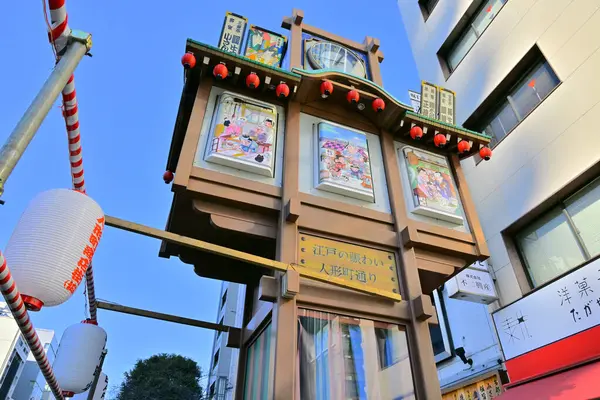
‘Doll Town’ carries the legacy of Edo-period puppet theaters and doll makers in its very name. The area was once home to numerous kabuki theaters, puppet shows, and doll makers, which is where it derived its name. This area, where a modern cityscape and tradition blend, has many old shops and restaurants lined up.
Two impressive marionette clocks installed in 2009 perform hourly puppet shows, paying tribute to the neighborhood’s theatrical heritage.
Amazake Yokocho
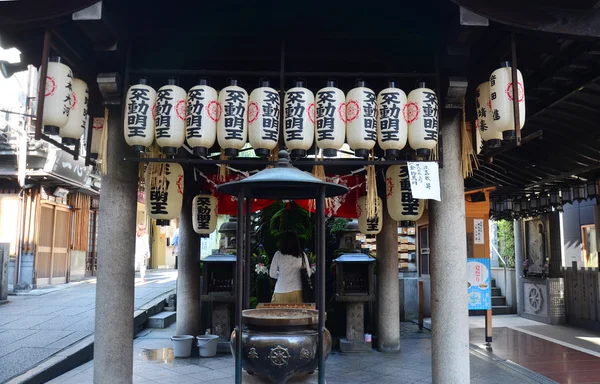
This sweet-smelling alley has been serving traditional amazake rice drink for over 150 years. This is a shopping street with a history of over 150 years, dating back to the Edo period, and there are many old liquor stores and shops offering “amazake”, a traditional sweet drink of Tokyo that contains little to no alcohol.
The narrow street hosts the annual Amazake Yokocho Festival each March, where visitors can sample the beloved fermented rice beverage for free. Many confectionery shops here have been family-owned for generations.
Kagurazaka
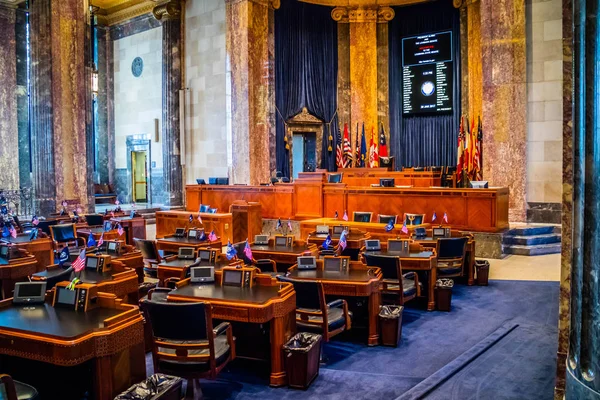
Once Tokyo’s premier geisha district, this hillside neighborhood now blends French sophistication with traditional Japanese charm. Historically, Kagurazaka was an entertainment district during the Edo Period (1603-1868), famous for its geisha houses and fancy restaurants.
Today, it’s affectionately called “Little Paris” due to its significant French presence. Stone-paved alleys wind between traditional ryotei restaurants and modern French bistros, creating an atmosphere unlike anywhere else in Tokyo.
Like Travel Pug’s content? Follow us on MSN.
Denbouin-dori
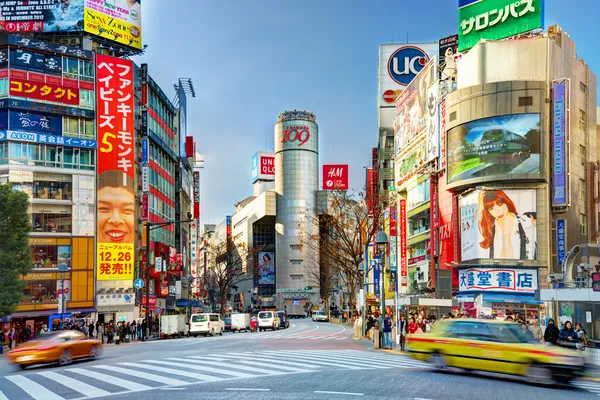
This carefully restored street recreates the atmosphere of Edo-period merchant districts with remarkable attention to detail. Running directly through Nakamise-dori is Denbouin-dori, known as “Edo Town” for its rows of old-style buildings. In the early 2000s, the street was “restored” to an Edo-style shopping street.
Traditional shop signs and elaborate street lanterns line the 200-meter pedestrian walkway, while artworks on roller doors tell stories of old Asakusa.
Hoppy-dori

Named after a beloved beer-like beverage, this 80-meter street preserves the working-class izakaya culture of post-war Tokyo. Hoppy Street was named after the beer often served at Japanese izakayas. The street was a popular gathering place for locals during post-war times when beer was a luxury, so they had to resort to well, Hoppy.
Food stalls and traditional drinking establishments create an authentic downtown atmosphere that feels worlds away from upscale Tokyo districts.
Shibamata
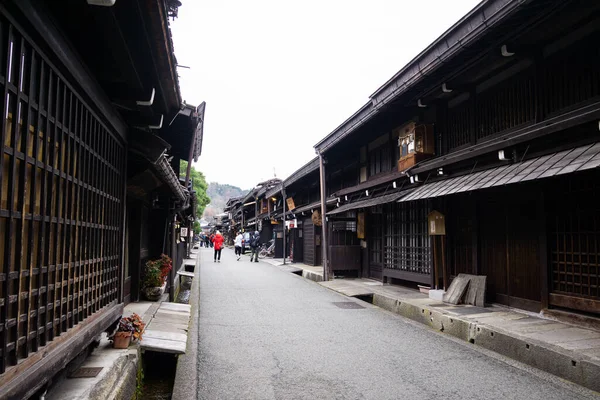
This quiet residential area became famous through Japanese cinema while maintaining its traditional temple town character. Between 1969 and 1995, an incredibly popular Japanese film series known as Otoko wa Tsurai Yo ran for an impressive 48 feature films.
The main approach to Taishakuten Temple, constructed in 1692, is lined with traditional snack stores and craft shops. Around the area is a traditional garden complex that also features a 500-year-old pine tree, which some say looks like a dragon.
Like Travel Pug’s content? Follow us on MSN.
Fukagawa Shotengai
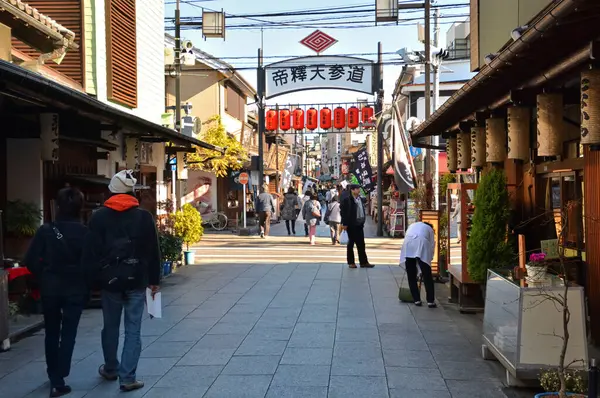
This traditional shopping street centers around the stunning Fukagawa Fudo temple with its mesmerizing crystal statues. In the center of the area stands a Buddhist temple called Fukagawa Fudo. The temple is famous for its astonishingly beautiful design. Especially the “Prayer Corridor” is a sight to behold, with thousands of little Fudo statues made of crystal.
The surrounding shotengai maintains an authentic shitamachi atmosphere with small family-run businesses and traditional architecture.
Monzen-Nakacho
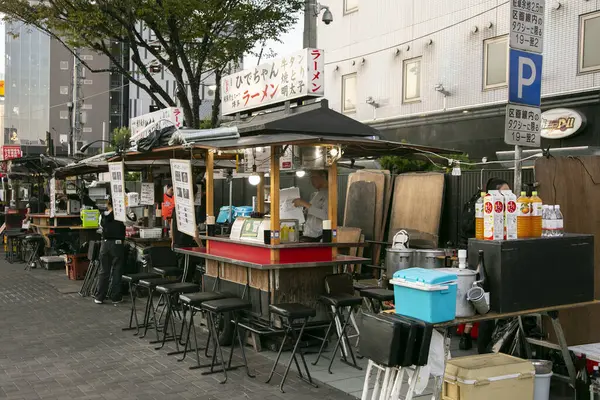
This charming district preserves the warm atmosphere of Japan’s Showa era, spanning from the 1920s to the 1980s. Monzen-Nakacho is a shitamachi area famous for keeping alive the atmosphere of the Showa era, a famous period that spanned from the 1920s to the 1980s.
The shopping street features traditional shops, temples, and a cozy neighborhood feeling that residents have carefully maintained. Old wooden buildings house everything from traditional sweets shops to vintage bookstores.
Sugamo Jizo-dori
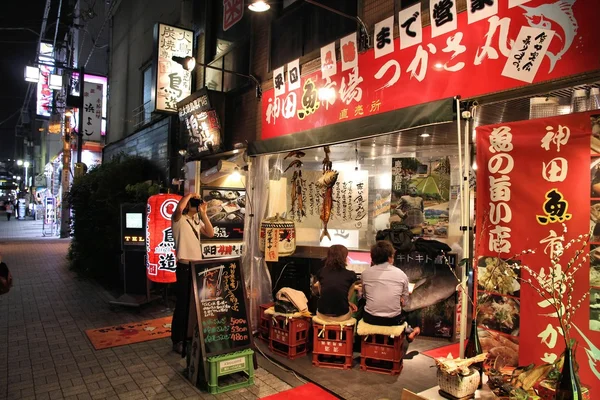
Affectionately known as ‘Harajuku for the elderly,’ this shopping street caters to Tokyo’s senior citizens with old-fashioned stores and services. Sugamo is a shitamachi called the “Harajuku of the elderly” from the homey and friendly atmosphere of the shopping street full of grannies.
Traditional medicine shops, red underwear stores believed to bring good health, and classic Japanese sweets create a nostalgic atmosphere. The famous Koganji Temple draws crowds seeking prayers for longevity and health.
Like Travel Pug’s content? Follow us on MSN.
Tsukishima Nishinaka Street
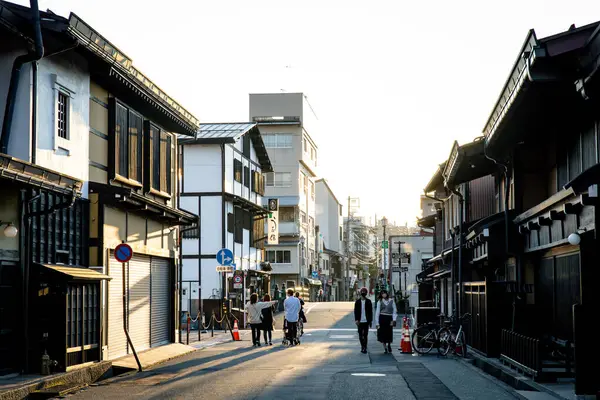
This artificial island preserves the feel of a traditional fishing community while serving as Tokyo’s monjayaki capital. Originally, Tsukishima was a small fishing community, starting in the early 1600s when migrants from Osaka settled here.
Nishinaka Street in this town has plenty of restaurants serving this savory dish. Narrow streets and low-rise buildings maintain the intimate scale of old Tokyo, while the nearby historic lighthouse stands as a reminder of the area’s maritime heritage.
Ueno Sakuragi
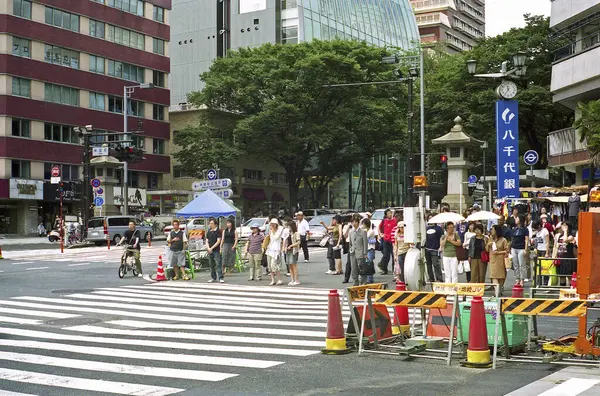
Part of the historic Yanesen area, these quiet residential streets showcase traditional wooden architecture that survived wartime destruction. Yanaka is special as it came unscathed out of the great calamities that struck Tokyo in the 20th century.
Traditional houses mix with small temples and shrines, creating a peaceful neighborhood where time seems to move at a gentler pace. The area’s preservation efforts by local community groups have maintained its authentic character without heavy commercialization.
Nezu Shrine Approach
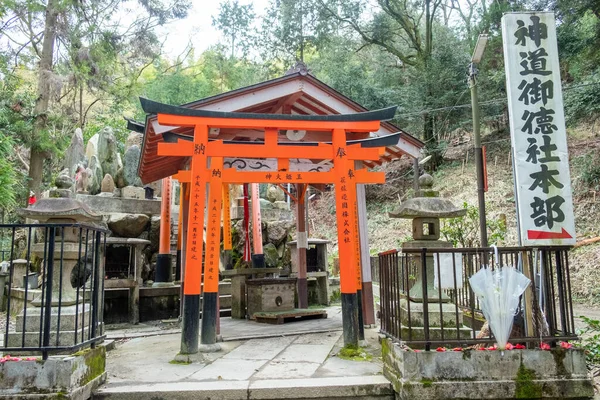
The stone steps and traditional shops leading to this ancient shrine create one of Tokyo’s most photogenic historical streetscapes. The shrine itself dates back over 1,000 years and features thousands of vermilion torii gates during spring festivals.
Around the shopping street, there are also plenty of historical spots such as Nezu Shrine with its rows of red gates (called “torii” in Japanese). Traditional craft shops and tea houses line the approach, maintaining the sacred atmosphere of this historic pilgrimage route.
Like Travel Pug’s content? Follow us on MSN.
Sendagi Yanaka Ginza Extension
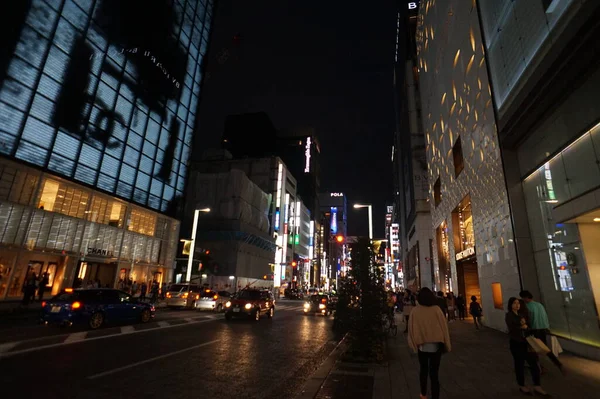
This quieter continuation of Yanaka Ginza maintains the same traditional charm with fewer crowds. Kusuo Yasuda’s Former Residence, the main highlight of Sendagi, is a 7-minute walk from the western edge of the Yanaka Ginza shopping street.
Small family-run shops sell everything from traditional sweets to handmade crafts, while the narrow streets encourage leisurely exploration. The area provides a more intimate experience of old Tokyo’s neighborhood life.
Kuramae Traditional Craft Streets
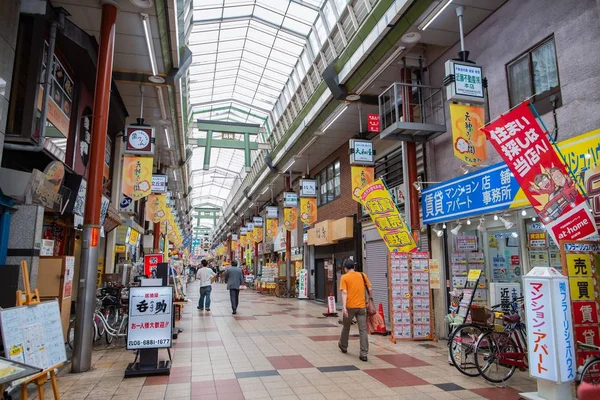
Once home to Edo’s rice warehouses, these streets now house traditional craft workshops and artisan stores. The neighborhood maintains its industrial heritage through small-scale manufacturing of traditional Japanese goods like furoshiki wrapping cloths and washi paper.
Converted warehouse spaces now serve as galleries and workshops where visitors can observe master artisans at work. The area represents Tokyo’s successful transition from purely industrial to artisanal production.
Ryogoku Kokugikan Area
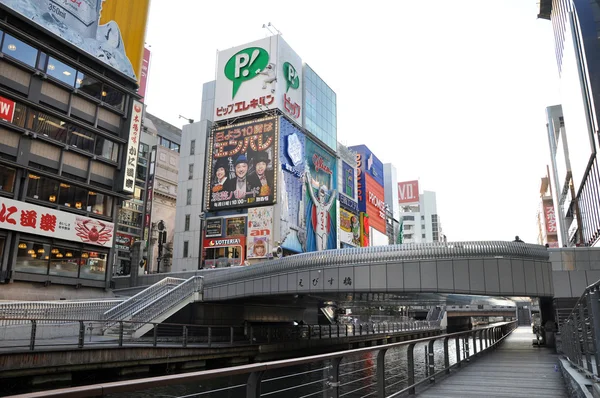
The sumo district’s traditional streets surround Japan’s premier sumo venue with chanko-nabe restaurants and sumo-themed shops. Traditional architecture reflects the sport’s ancient heritage, while the morning practice sessions at nearby sumo stables offer glimpses into this centuries-old tradition.
Specialty chanko nabe restaurants are widespread in Ryogoku, Tokyo’s sumo district. The area comes alive during tournament seasons when the streets fill with sumo fans and traditional festivities.
Like Travel Pug’s content? Follow us on MSN.
Where Past Meets Present
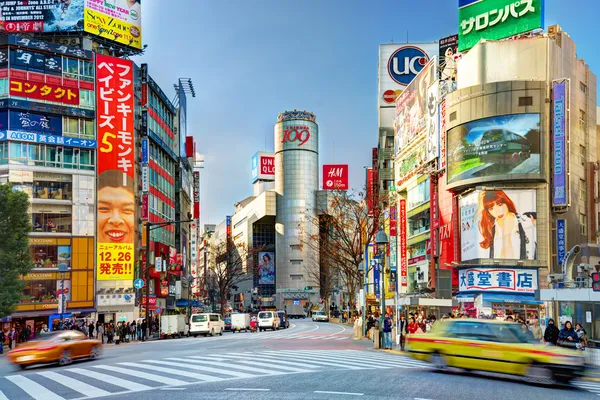
These historic streets prove that Tokyo’s soul wasn’t buried under concrete and glass but carefully preserved in neighborhood corners where tradition still matters. From ancient temple approaches to post-war recovery stories, each street tells part of the larger tale of how this great city evolved while honoring its roots.
Walking these lanes today connects you to generations of Tokyoites who built their dreams one shop, one temple, and one neighborhood at a time.
More from Travel Pug

- 20 Best Beach Towns in the Carolinas
- 13 Destinations Where Tourists Regularly Regret Their Trip
- 20 Things You Actually Get in First Class
- 20 Small Airports With Aviation Museums
- 20 Places in the U.S. That Are Perfect for a Reset Trip
Like Travel Pug’s content? Follow us on MSN.
